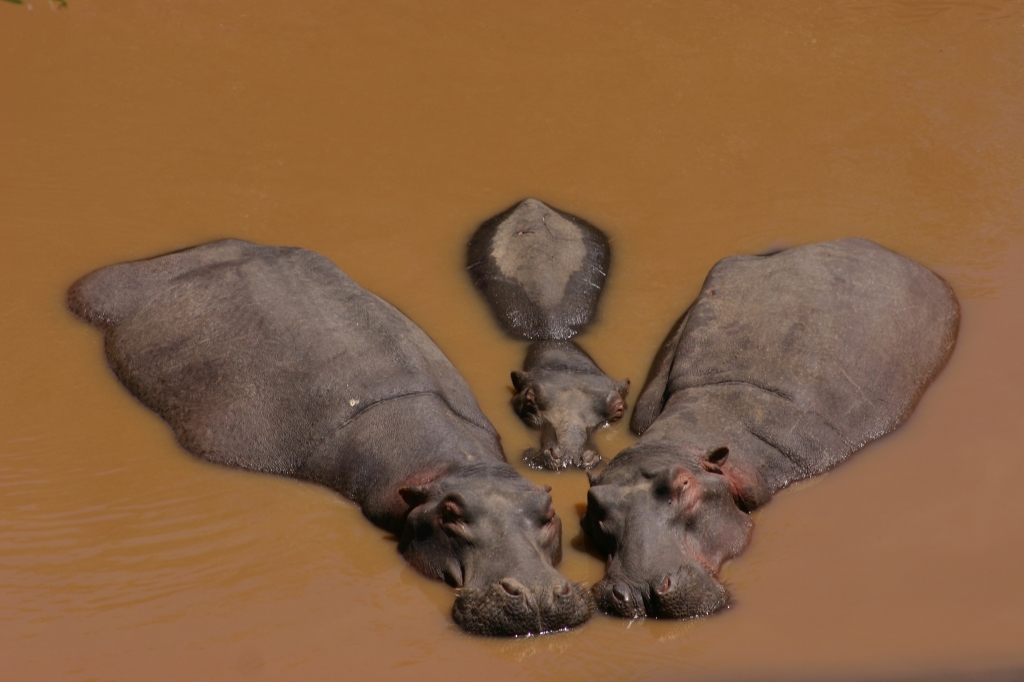I'll tell you what you do. You put them in an envelope and send them Astronomers Without Borders, who will forward them to school children around the world so that they can see eclipses in the future:
Explore Scientific
621 Madison Street,
Springdale, AR 72762
(link and address via All Hail the Black Market)




















